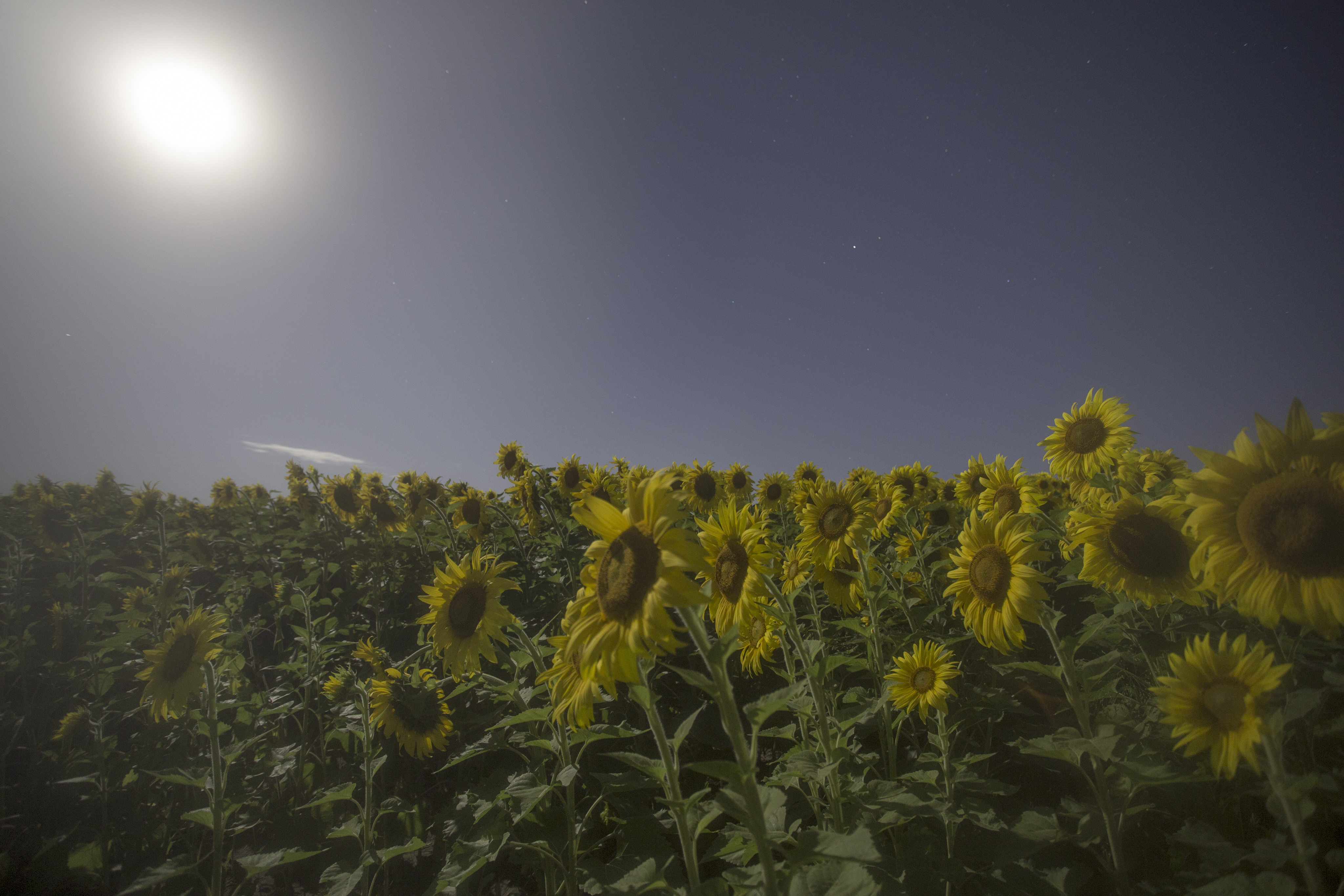The route over Teton Pass was the most direct way to Jackson Hole, the tourist and ski town that is a gateway to Grand Teton National Park. The trip over the pass was uneventful, but for the uneasy feeling I get when a train of local vehicles accumulate behind me. I am comfortable driving mountain roads, but evidently not comfortable enough, as I never seem to be able to negotiate the tight turns at a speed to satisfy these other drivers. I blame the handling of my minivan, which is a little bit better than a wooden box on roller skates. Somehow the locals know how to take the turns, as they demonstrated whenever I was able to find an edge of the road to pull over and let them by.
The town of Jackson has become so popular in recent years that it is not much fun anymore. The crush of summer visitors makes for traffic jams and an excessive number of t-shirt shops. An art fair was being held this weekend, an event I would normally explore, but the mass of humanity discouraged me, and I was holding to my mission to take pictures that night by avoiding the distraction.
In spite of the large number of people, the density was actually less than normal for this time of year. My brother had laughed when I told him of my plan to find a room in Jackson, yet because fires to the north, in Yellowstone, had progressed across a major artery to the area, the usual flow of traffic had dropped, and as a result, there were vacancies in Jackson!
Continue reading
